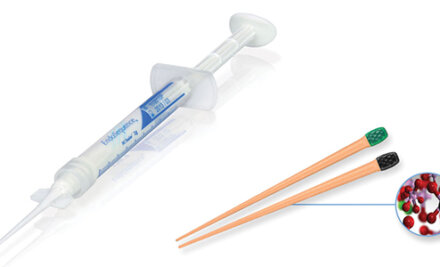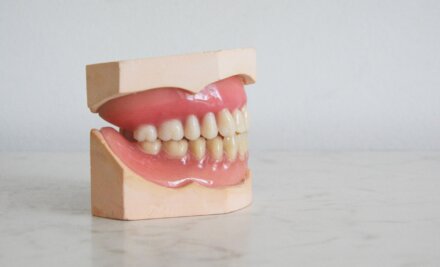Tooth resorption, also known as root resorption, means that part of a tooth is dissolving or growing out of control. Historically, this has been observed to be a rare dental issue. However, tooth resorption seems to be more common in the world today, which may be attributed to stress, epigenetics, and environmental triggers. Early diagnosis and proactive treatment may be the key to saving your tooth.
At Integrative Endodontics, we treat both external and internal resorption. In general, our endodontists utilize integrative root canal therapy or other surgical procedures to remedy a tooth suffering from resorption.
Though the cause is not always clear, traumatic dental injuries, occlusal trauma (i.e., damage to the teeth from biting/chewing), and orthodontics (i.e., braces) can be potential triggers leading to dental resorption. Additionally, there may be an epigenetic component that makes certain people more susceptible.
Often, there is no pain in connection with root resorption. If you do experience pain associated with tooth resorption, an expert can distinguish between various potential causes to diagnose your case accurately. We use the latest advancements in diagnostic technology, including 3D dental imaging, to determine the cause of the issue.
To receive an endodontic evaluation, reach out to our office →
Tooth Resorption
FAQs
More often than not, tooth resorption is asymptomatic, however, if this resorption involves the pulp of the tooth, you may begin to experience symptoms related to inflammation or infection.
These symptoms may include sensitivity to cold foods or liquid, or pain when chewing. In rare cases, the tooth can even turn pink, which happens during internal resorption. This is when the pulp tissue grows out of control, due to an auto-inflammatory process that destroys the dentin and enamel of the tooth.
Yes, unfortunately this issue can spread and extensively damage a tooth. Root resorption can spread from the inside → out and from the outside → in. Due to that possibility, we recommend scheduling an evaluation with an endodontist. Schedule an evaluation at Integrative Endodontics →
One of the three requirements for resorption is that it affects the blood supply in the tooth. When an autoinflammatory response occurs, it is for the recruitment of immune cells (also called mononuclear cells) – the type that fight an infection.
When dentin (the inner structure of your teeth) becomes exposed in the wrong environment, your immune system might view it as an unrecognizable, foreign object. Then, a cascade of events happen where the body rejects – and seeks to eliminate – the unrecognized cells and structures.
Our Founder, Dr. Kanter, calls this “Alzheimer’s of the Tooth.” Why? Well, the tooth structures and surrounding tissues usually coexist in peace. However, during external resorption, the cells in the pulp, bone, and periodontal ligament lose the synergistic relationship with dentin cells.
When this relationship is challenged, the immune cells can launch an attack on the dentin. This is similar to someone with Alzheimer’s attacking a loved one or neighbor because they truly do not know why this person, who they do not recognize, is getting so close to them.
Additionally, this can occur as internal resorption, where the cells of the pulp initiate an inflammatory reaction toward the dentin cells (called odontoblasts).
If you observe a pink tooth in your mouth, it may be the result of a traumatic blow to your tooth – most often a front tooth. A ruptured vessel within the pulp releases blood, which invades the dentin and gets stuck inside the dentinal tubules in the tooth’s interior. Since the tooth structures are prismatic and fairly translucent, you see a pink-colored tooth.
Especially when someone falls or their teeth are struck during sports, you may find yourself with internal resorption in a front tooth.
This development may indicate tooth resorption with autoinflammatory significance. If there is an underlying inflammatory condition, a traumatized root may attack the bone structure of the tooth. As the bone is eaten away, the pink coloration appears.
This is considered internal resorption, and often we will treat it via integrative root canal therapy.
Resources: Regenerative Endodontic Therapy: The Fountain of Youth for a Dying Tooth, Dr. Valerie Kanter, IABDM; and Fillings That Heal Your Teeth, The University of Nottingham.




